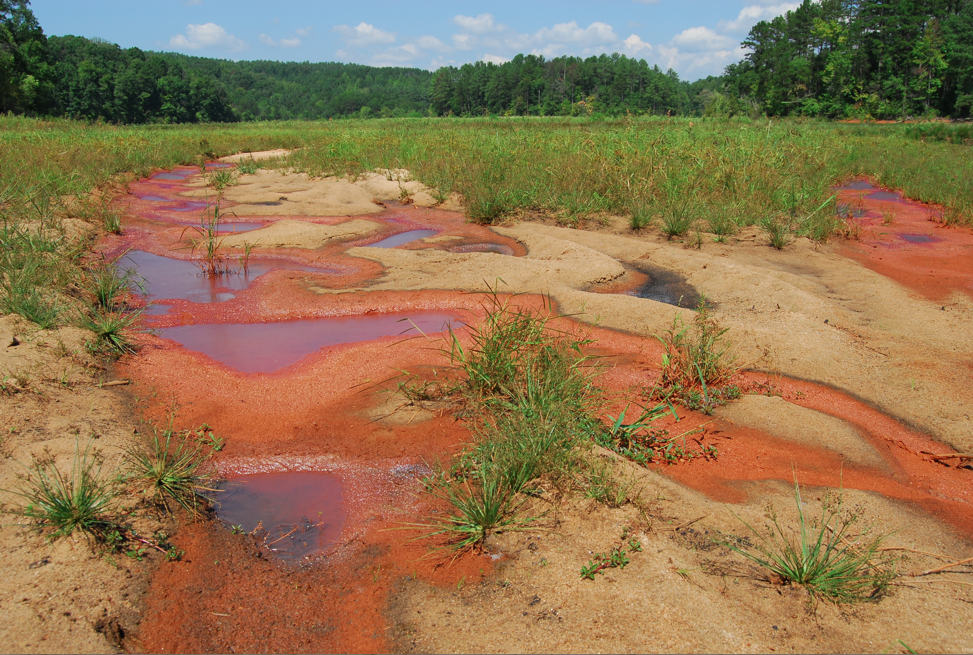Let's use analytics to plug leaky water pipes


Peter Williams is a Distinguished Engineer and CTO of Big Green Innovations for IBM.
We've seen a massive heat wave and drought conditions this summer in the U.S.
July was the hottest month on record in the Lower 48 of the U.S., according to a new report from the federal government's National Oceanic and Atmospheric Administration. This summer's drought has expanded to nearly 63 percent of the contiguous U.S. We're all seeing the affects of the drought in higher food prices at the grocery store.
Globally, temperatures soared to the fourth highest on record in June. And while demand for water globally is surging –- due in large part to global urbanization and an ever-expanding population -– the supply remains unchanged, putting the planet in a precarious position.
Today, 2.5 billion people, or almost 40 percent of the world’s grain production and almost one quarter of the global economy are at risk because of non-sustainable water use. Indeed, most projections paint a bleak picture of the global water supply in the future. Back in 2007, the U.S. Geological Service predicted that 36 states will suffer recurring water shortages by next year. Another report suggests 1,100 counties across the U.S. will be at risk for shortages by the year 2050, if swift action isn’t taken first. Equally alarming, an estimated 80% of the world's rivers are in a crisis state, according to a report published in Nature in 2010.
Water supply issues are poised to affect everything from health care to power plants. The U.S. Environmental Protection Agency has projected that the government will need to invest roughly $91 billion in infrastructure upgrades to existing drinking water and waste water management systems in order to meet growing demand. Not surprisingly, given the current fiscal environment, only a fraction of that sum has been invested so far.
While it might sound overwhelming, we can do much to manage our water supply more efficiently, and we can start right now. The water loss rates -- that is, the percentage of treated water lost due to leaks or faulty pipes -- are as high as 50% in some regions. We lose billions of gallons of water to leaks every year in the U.S., which is a disheartening figure when you consider how precious water is. It’s also a huge opportunity for improvement.
Part of the problem is that infrastructures are in dire need of repairs, and leaks are difficult to locate and often go undetected. A smarter water management system runs a carefully calibrated hydraulic model continuously, and identifies in real time anomalies from the data streaming in from meters, pressure gauges, flow transponders, as well as acoustic devices fitted to the system.
Anomalies are investigated because they may represent theft, leaks, or are simply errors, such as open fire hydrants. But either way, water that can't be billed to city water customers is reduced continuously. The same system also identifies opportunities to reduce pressure. This directly saves energy; and also reduces wear and tear on the system, and with that, propensity to leak.
So in addition to enabling efficiencies that can moderate the growing demand for water, technology can help ensure that we minimize waste and manage our existing supply as efficiently as possible. And at a time when budgets are slashed and major infrastructure upgrades are out of the question, the use of data analytics is often the most palatable and effective solution.
This post was originally published on Smartplanet.com